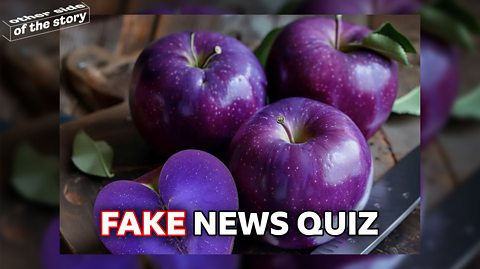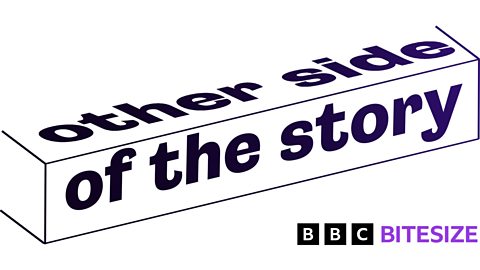We have access to vast amounts of information thanks to social media, and it spreads faster than ever before, but with this comes the challenge of tackling fake news.
If we delve deeper into fake news, you may come across misinformation and disinformation.
These words may be long and could sound confusing, but no need to panic! Theyâre just words used to describe two different types of fake news that can spread on social media and in real life.
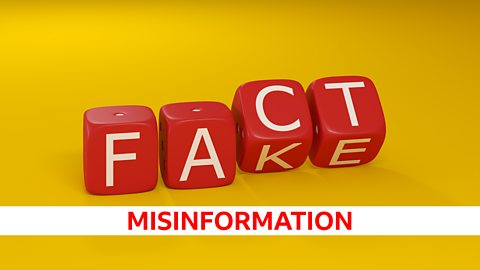
What is misinformation?
Hereâs a top tip: an easy way to remember what misinformation and disinformation mean, is to look at the first three letters of the word.
Misinformation is fake news that is created and spread by a MIStake â by someone who doesnât realise that itâs false.

The main thing to remember here is that misinformation isnât deliberate â itâs not created intentionally to deceive other people. Itâs when real events, facts or news have been taken out of context without realising, or accidentally giving someone the wrong information.
Take our quiz: What is fake news?
Misinformation on social media
Because videos about the news can be shared or liked so quickly on platforms such as TikTok, Instagram and Twitter, posts containing misinformation can easily spread.
Some examples of this include:
- A meme claiming potholes under the Kingâs coach were hastily filled in with sand for the Coronation. The truth is, the council did it to keep the horses pulling the coach, safe from drain holes.
- Tweets claiming that there was an earthquake happening in Dubai. But what residents actually heard, were in fact demolition works rather than tremors.
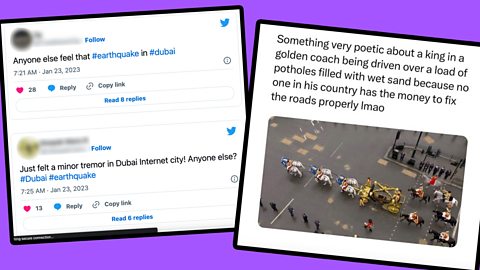
How can we detect misinformation?
Well, if people arenât even aware that theyâre sharing fake news, it can be hard to spot.
The best thing to do is to try and find the original news story that an account or post is referring to and see if what theyâre saying is true. Try and find two or three trusted sources which are balanced (this means giving both sides of the story) and check the facts from the account or posts there.
If whatâs posted and shared is fake, but the user is unaware of this, then itâs misinformation.
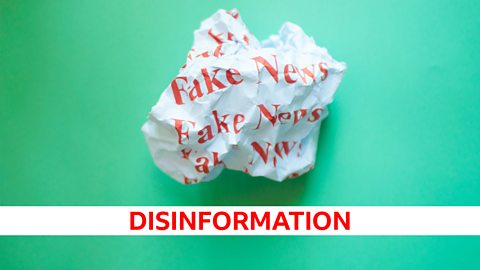
What is disinformation?
On the other hand, disinformation is fake news that is created and spread deliberately â by someone who knows full well that itâs false.
Like misinformation, we can use the first three letters to remember what it means. So disinformation is when people deliberately spread or create fake news to cause trouble, which could involve DISSING someone or something.

Examples of disinformation
Disinformation is often pushed by people who have a motive. For exampleâŠ
- A fake screenshot of a news article that doesnât exist â this was created by anti-vax conspiracy theorists which lead to the columnist George Monbiot being ridiculed online.
- A post showing Ben Affleck and Jennifer Lopez âarguingâ on the red carpet. This turned out to be false, they were just having a conversation! The account used this misleading screenshot as clickbait to try and get people to view their article, knowing that it wasnât quite true.
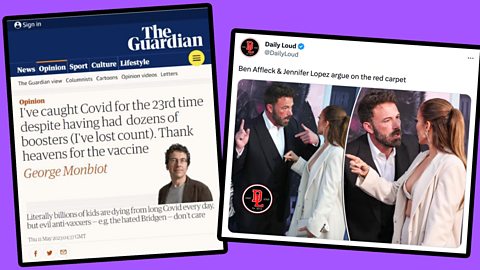
Itâs important to practice critical thinking and fact-check information you come across. Question what you see online, double-check sources and use reliable and trustworthy outlets before sharing.
